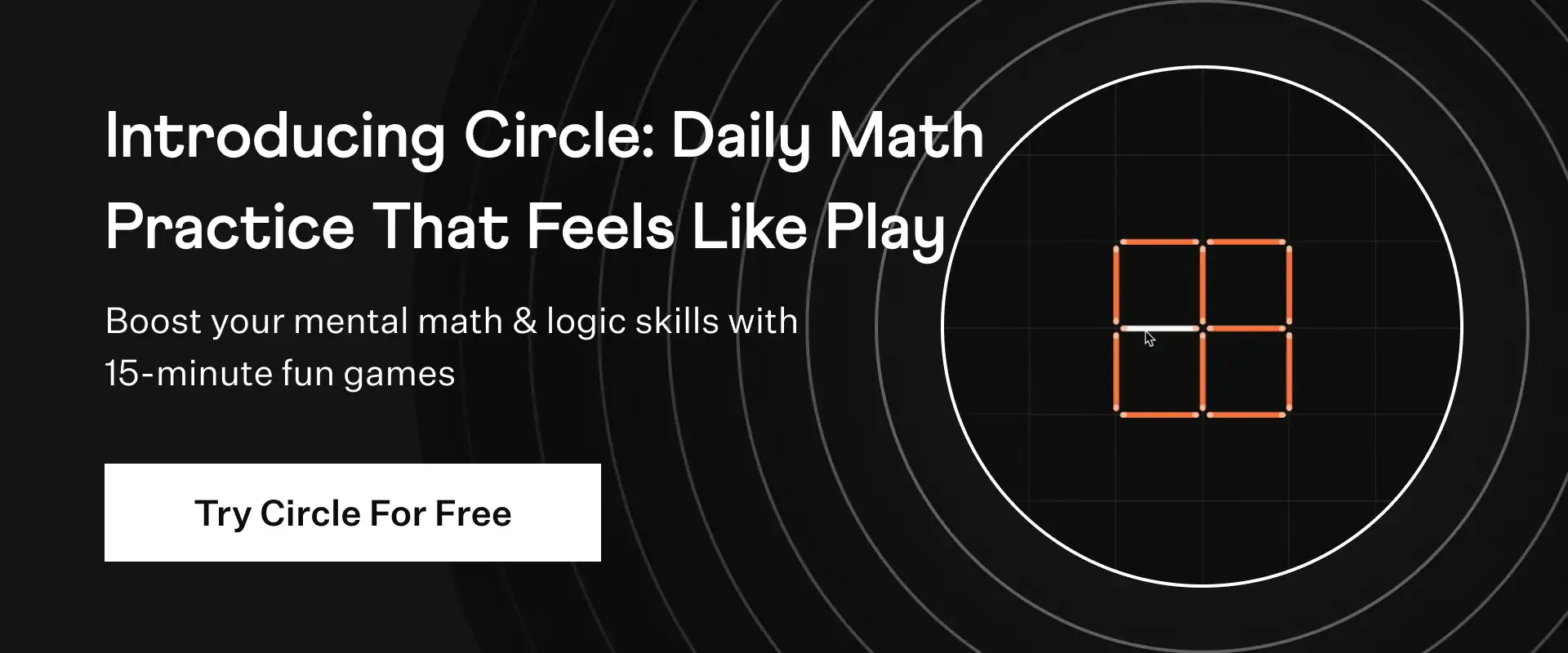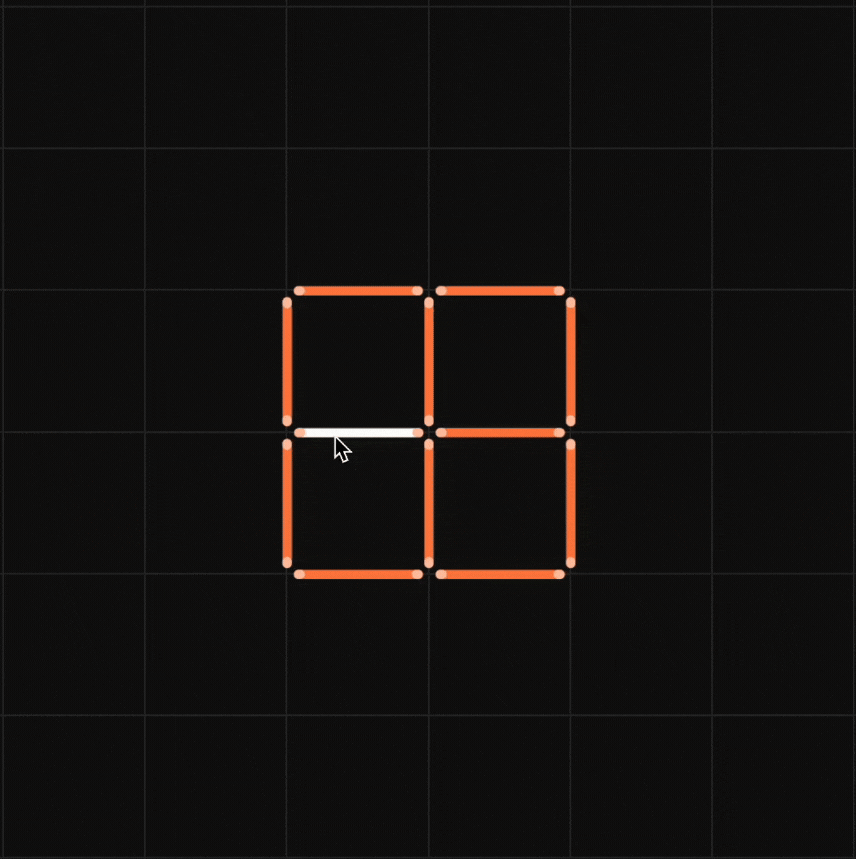

After rotating a figure by 120° about its centre, the figure coincides with its original position. This will happen again if the figure is rotated at an angle of 240°. Is the given statement true or false?
Solution:
We know that
If a figure is rotated by 120° about its centre, it coincides with its original position.
It will occur if the figure is rotated about 240°.
Therefore, the statement is true.
✦ Try This: What are the types of prisms?
Triangular Prism: A prism whose bases are triangle in shape is considered a triangular prism.
Square Prism: A prism whose bases are square in shape is considered a square prism
Rectangular prism: A prism whose bases are rectangular in shape is considered a rectangular prism (a rectangular prism is cuboidal in shape).
Pentagonal Prism: A prism whose bases are pentagon in shape is considered a pentagonal prism.
Hexagonal Prisms: A prism whose bases are hexagon in shape is considered a hexagonal prism.
Octagonal Prism: A prism whose bases are octagon in shape is considered an octagonal prism.
Trapezoidal Prism: A prism whose bases are trapezoid in shape is considered a trapezoidal prism.
Therefore, the types of prisms are listed above.
☛ Also Check: NCERT Solutions for Class 7 Maths Chapter 10
NCERT Exemplar Class 7 Maths Chapter 12 Problem 86
After rotating a figure by 120° about its centre, the figure coincides with its original position. This will happen again if the figure is rotated at an angle of 240°. Is the given statement true or false?
Summary:
The statement “After rotating a figure by 120° about its centre, the figure coincides with its original position. This will happen again if the figure is rotated at an angle of 240°” is true.
☛ Related Questions:
visual curriculum